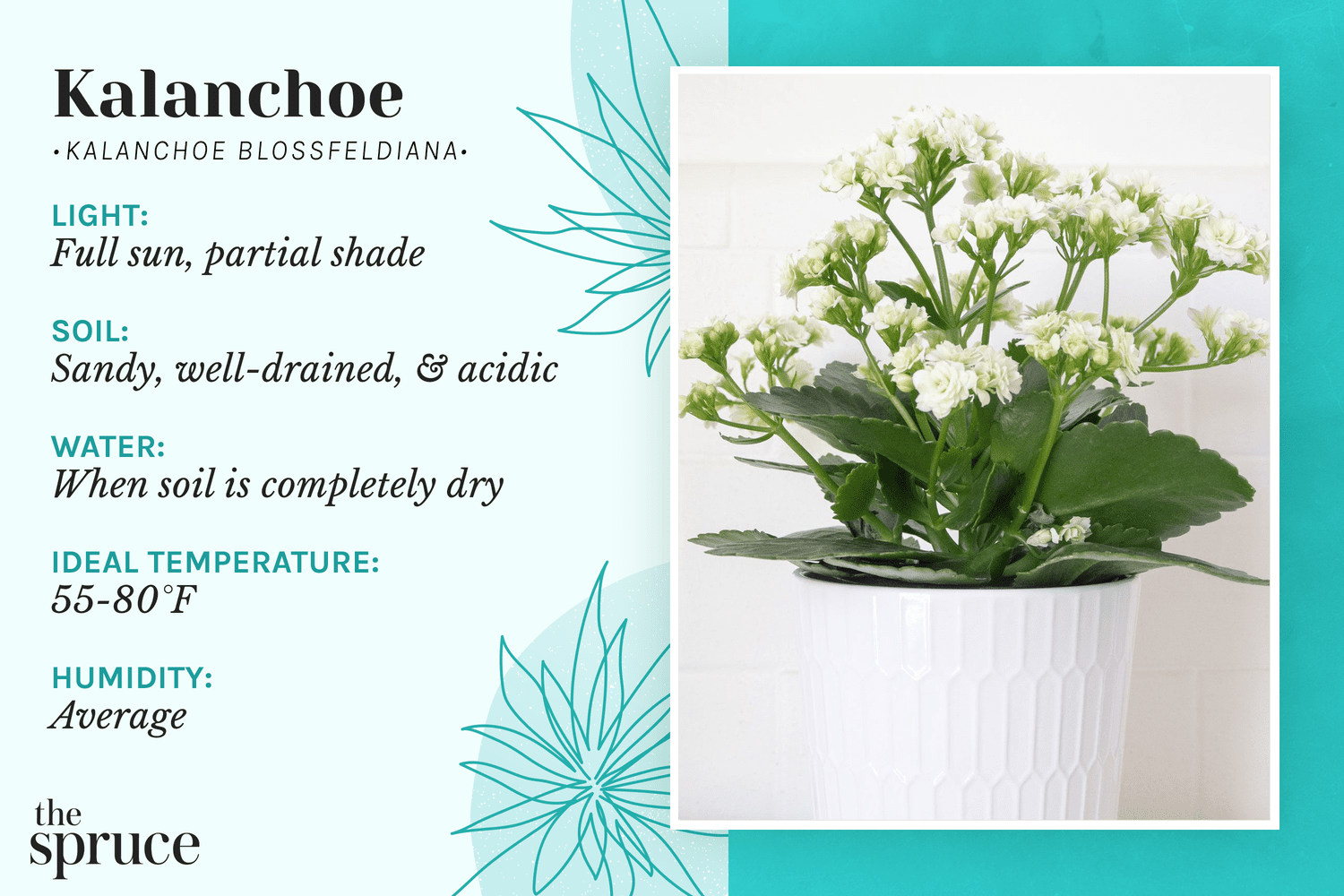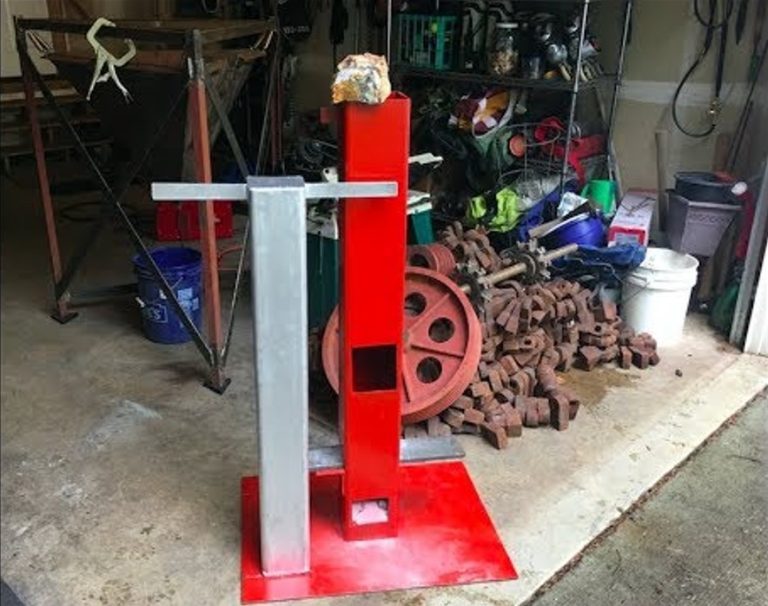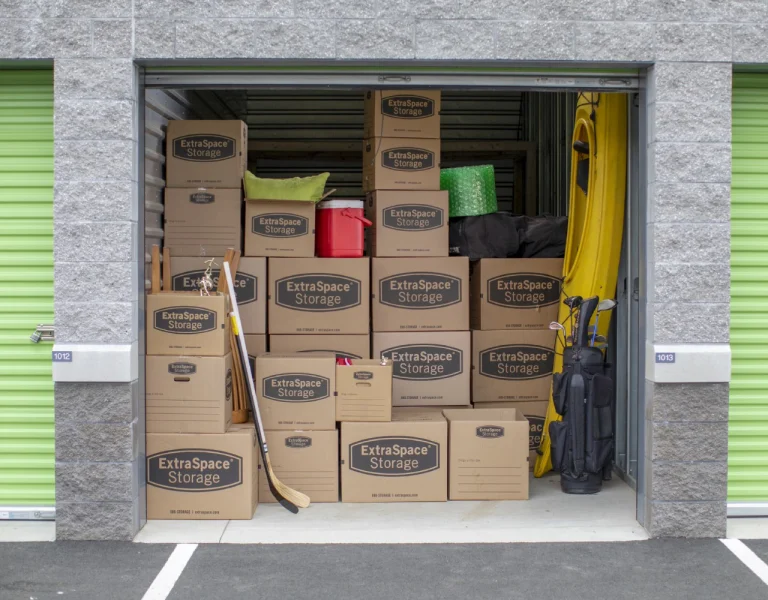How do you take care of a potted Kalanchoe plant?
Kalanchoe is a popular succulent that’s easy to care for and makes a great addition to any home. Taking care of a potted Kalanchoe plant is simple and requires just a few steps to ensure that it stays healthy and happy. When caring for a potted Kalanchoe, it’s important to provide the right amount of light, water, and fertilizer to keep the plant looking its best. Additionally, it’s important to use the proper potting soil and container to ensure the plant has adequate drainage and enough room to grow. With a bit of attention and care, a potted Kalanchoe can be a beautiful addition to your home.
Overview of Kalanchoe Plants
Kalanchoe plants are a diverse group of succulents native to tropical and subtropical regions of the world. These low-maintenance plants are prized for their hardiness, ease of care, and a wide array of attractive foliage and long-lasting blooms. Kalanchoe plants are often grown in containers, making them perfect for balconies, patios, and other outdoor living areas. They can also be grown indoors, where their bright, colorful blooms can add a pop of color to any room. With proper care, Kalanchoe plants can last for many years, providing a beautiful and low-maintenance addition to any home or garden.
Ideal Growing Conditions for Kalanchoe
Kalanchoe is a beautiful, low-maintenance succulent that makes a great addition to any garden. In order to thrive, the plant requires certain conditions to stay healthy and reach its full potential. Kalanchoe prefers bright, indirect sunlight and warm temperatures between 65-80 degrees Fahrenheit. It should be planted in well-draining soil and watered deeply every 1-2 weeks, allowing the soil to dry out between waterings. In addition, Kalanchoe should be fertilized every month during the growing season with a balanced liquid fertilizer. With the right care, your Kalanchoe will thrive and provide vibrant splashes of color to your garden for years to come.
Choosing the Right Pot for Your Kalanchoe
When it comes to Kalanchoe, the right pot can make all the difference. Not only does it provide a perfect home for your plant, but it can also help it grow and thrive. When selecting a pot for your Kalanchoe, there are several important things to consider. For starters, make sure the pot is large enough to accommodate the plant’s root system. Additionally, look for a pot with good drainage and a material that won’t absorb too much water. Finally, take into account the style and color of the pot, as it can have a big impact on the overall look of your Kalanchoe. With these tips in mind, you’ll be sure to find the perfect pot for your Kalanchoe.
Watering and Fertilizing Kalanchoe
Kalanchoe is an attractive and easy-to-care-for houseplant. Watering and fertilizing are key steps in keeping this plant healthy and beautiful. To water properly, allow the soil to dry out between waterings. You can then water thoroughly, allowing excess water to drain from the pot. Fertilizing can be done about once a month, using a balanced liquid fertilizer. Kalanchoe enjoys bright, indirect light and warm temperatures, so place it in an area of your home that offers these conditions. With just a bit of love and attention, your Kalanchoe will thrive and provide you with months of beauty.
:max_bytes(150000):strip_icc()/growing-kalanchoe-plants-1902982-hero-da950f5afb5645fdb60151d859d53df0.jpg)
Pruning and Propagating Kalanchoe
Kalanchoe is a tropical succulent with thick, fleshy leaves and often vibrant flowers. Pruning and propagating Kalanchoe requires a bit of effort, but it can pay off in the long run. Pruning helps to maintain the shape of the plant, remove any dead or dying foliage, and encourage new growth. Propagating Kalanchoe involves taking cuttings and replanting them in new pots to create multiple plants. Both pruning and propagating can be done using a few simple tools and techniques. With the right care, your Kalanchoe can thrive for years to come!
Common Kalanchoe Diseases and Pests
The Kalanchoe is a popular houseplant known for its bright, colorful foliage and long-lasting blooms. However, it is also susceptible to some common diseases and pests. These issues can be prevented with proper care and maintenance, but if not addressed quickly, they can cause lasting damage. Common Kalanchoe diseases include root rot, leaf spot, and powdery mildew. Kalanchoe pests such as aphids, mealybugs, and spider mites can also cause damage to the plant. In this blog, you’ll learn how to identify and treat these ailments so that your Kalanchoe remains beautiful and healthy for years to come.
Tips for Keeping Your Kalanchoe Healthy
Kalanchoes are beautiful, low-maintenance plants that can add a touch of life to any home. To ensure your Kalanchoe stays healthy and vibrant, here are a few tips for keeping it in optimal condition:
- Place your Kalanchoe in a spot that receives plenty of bright, indirect sunlight, as it needs this to thrive.
- Water your Kalanchoe once a week, as too much or too little water can be harmful.
- Fertilize your Kalanchoe once a month to ensure it has the nutrients it needs.
- Prune away any dead or diseased leaves to keep your plant healthy and attractive.
- If pests become an issue, spray your Kalanchoe with an insecticidal soap to get rid of them.
By following these simple tips, your Kalanchoe will stay healthy and vibrant for many years to come!
Troubleshooting Problems with Kalanchoe
Kalanchoe is a popular flowering plant found in many homes and gardens. It is easy to care for and can be a rewarding addition to your indoor or outdoor space. However, like any living thing, it can suffer from issues that can stunt its growth or cause it to look less than its best. That’s why it’s important to know how to troubleshoot problems with Kalanchoe. From incorrect water levels to nutrient deficiencies, there are a few steps you can take to diagnose and solve problems with your Kalanchoe. With some attention and care, your plant can look beautiful and thrive.
FAQs About the How do you take care of a potted Kalanchoe plant?
1. How often should I water my Kalanchoe plant?
Answer: Your Kalanchoe plant should be watered when the soil feels dry, usually about once a week. When watering, make sure to saturate the soil completely and discard any excess water that collects in the saucer.
2. How much sunlight should my Kalanchoe plant get?
Answer: Your Kalanchoe plant should receive bright, indirect sunlight for a few hours each day. Avoid exposing it to direct sunlight, as this can cause the leaves to become scorched.
3. How do I know when to fertilize my Kalanchoe plant?
Answer: Fertilize your Kalanchoe plant every two to three weeks during the spring and summer, and reduce the frequency to once a month in the fall and winter. Always use a balanced fertilizer according to the directions on the package.
Conclusion
Caring for a potted Kalanchoe plant is a relatively easy task. To ensure your plant remains healthy, it is important to provide it with adequate sunlight, water it when the soil is dry, and fertilize it every two to four weeks. Additionally, repotting your plant every two to three years and pruning it as needed will also help to ensure its health. With proper care and attention, your Kalanchoe plant will thrive and bring a touch of life and beauty to your home.







